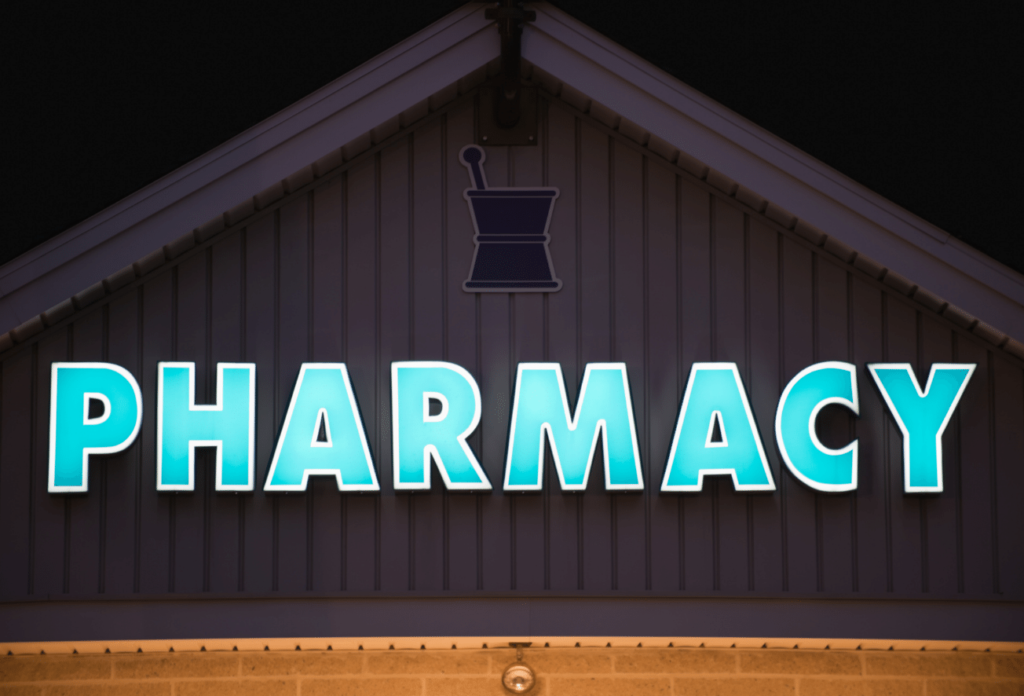The art and science of pharmacy traces back to ancient times of the Egyptians and Greeks. Pharmacy was once a subset of medicine, but eventually, they split. The first college of pharmacy was the Philadelphia College of Pharmacy, founded in 1821. Louis Dufilho, Jr. was the first licensed pharmacist, opening the first pharmacy in New Orleans. Of course, so much has changed, and technology now plays a huge role in pharmacy operations, specifically the pharmacy information system.
So, what’s the history and evolution of these systems? And what does the modern pharmacy information system look like?
What’s the Purpose of a Pharmacy Information System?
The foundation for a platform is to support the Joint Commission of Pharmacy Practitioners’ (JCPP) pharmacist patient care process. It includes five steps: collect, assess, plan, implement, and follow-up. How the technology supports these steps:
- Collect data as well as store and organize it to have a full patient profile.
- Assess collected information to provide the best care.
- Plan strategies to address patient needs.
- Implement that plan.
- Follow up with patients on care plans and make adjustments.
Features of the System: Now and Then
Pharmacy information systems began with a simple user interface and little functionality. They were, however, a giant leap for pharmacists regarding organizing and storing patient data. The biggest challenge most pharmacies had in the early days was switching to another software. Over two decades ago, it was impossible to do this without it being completely manual. InfoWerks actually changed that, completing the first pharmacy data conversion.
The current market for pharmacy software is large and broad. There are options for almost every type of pharmacy: retail, hospital, LTC, specialty, and more. Pharmacists and technicians use these systems to manage:
- Prescriptions dispensing and labeling.
- Patient information and medication history.
- Physician monitoring.
- Inventory.
- Billing and insurance.
- Pricing structure variables.
- Reporting.
- Clinical screening (i.e., allergies, drug interactions, etc.).
- Staff and workloads.
- Compounding and manufacturing.
The newest pharmacy platforms are robust software engines that automate many practices and ensure that you’re always compliant with regulations. It’s become the central location of data, which can be analyzed and evaluated to make better decisions about care and business, in general.
What’s the Future of Pharmacy Information Systems?
Future iterations of these software systems will bring even more functionality. Right now, there’s a push toward interoperability with EHRs, but that same demand applies to pharmacy systems. New tools that are data science related to track data trends and challenges are likely to become prevalent.
These platforms will also play a role in comprehensive medical management and medication adherence. If pharmacists can proactively view patients at risk of not adhering to the prescription plan, outreach could help. Support from a pharmacist and the prescriber could curb medication nonadherence, which costs the healthcare system millions every year.
Further, the data they collect could also enhance public health initiatives to better understand social determinants of health (SDOH), chronic diseases, and addiction.
Are You Happy with Your Platform?
With so many options, pharmacies often change up their software. Sometimes it’s due to a lack of functionality. Other times it’s a cost decision. Regardless of why you may be looking to switch, remember you’ll need a HIPAA compliant data conversion. That’s our specialty, with thousands of completed conversions and experience with over 150 systems. Learn more about our pharmacy data conversions today by reading our eBook, The Ultimate Guide to Pharmacy Data Conversions.

